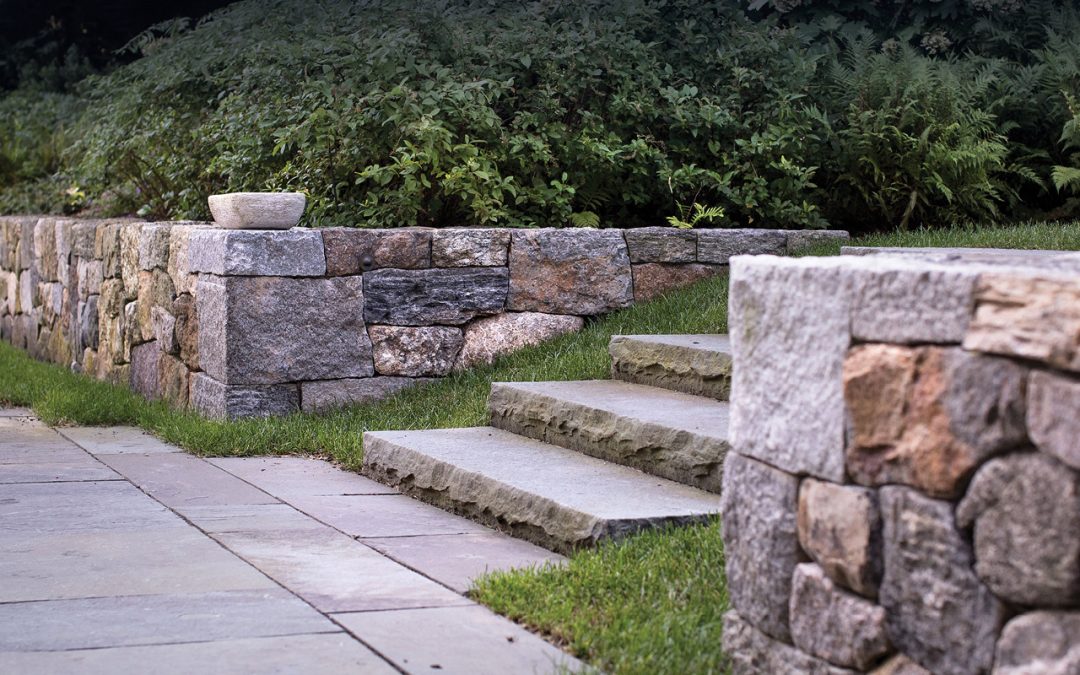Landscape constructions play a pivotal role in enhancing the beauty, functionality, and overall appeal of outdoor spaces. From residential gardens to commercial parks and public areas, landscape constructions encompass a wide range of elements and techniques that contribute to the creation of captivating outdoor environments. This comprehensive guide explores the significance of landscape construction, key elements involved, popular design features, construction techniques, and the transformative impact they have on outdoor spaces
Understanding Landscape Constructions:
Landscape constructions encompass the planning, design, and implementation of various elements that shape outdoor environments. These elements include hardscapes, soft capes, water features, lighting, and other architectural components, all carefully orchestrated to harmonize with the natural surroundings and meet the functional and aesthetic goals of the project.
Key Elements of Landscape Constructions:
Hardscapes: Hardscape elements, such as pathways, patios, walls, and structures, provide structure, define spaces, and offer functional areas for outdoor activities.
Softscapes: Integrating soft scape elements into the landscape involves incorporating plants, trees, shrubs, flowers, and lawns to infuse the environment with a rich spectrum of colors, diverse textures, and the inherent magnificence of the natural world.
Water Features: Adding water features like ponds, fountains, and waterfalls brings a serene and visually captivating element to outdoor areas, evoking a sense of calmness and tranquility.
Lighting: Thoughtfully designed lighting installations enhance the ambiance, safety, and functionality of outdoor areas, allowing for extended enjoyment during evening hours.
Architectural Components: Architectural features like pergolas, gazebos, and seating areas provide focal points, shelter, and gathering spaces within the landscape.
Design Features in Landscape Constructions:
Theme and Style: Landscape constructions can be designed to reflect various themes, such as formal, contemporary, tropical, or natural, allowing for personalized and cohesive outdoor spaces.
Plant Selection: Carefully choosing a diverse range of plants based on their form, texture, color, and seasonal variations adds visual interest and creates dynamic landscapes.
Pathways and Circulation: Thoughtful placement of pathways and circulation areas ensures smooth movement throughout the landscape, connecting different elements and creating a cohesive flow.
Focal Points: Incorporating focal points, such as sculptures, specimen plants, or architectural features, directs attention and adds intrigue to the landscape design.
Sustainability: Incorporating sustainable practices, such as native plantings, water-efficient irrigation systems, and eco-friendly materials, promotes environmental consciousness in landscape construction.
Construction Techniques in Landscape Constructions:
Excavation and Grading: Proper excavation and grading ensure proper drainage, prevent erosion, and establish a level foundation for the landscape elements.
Hardscape Installation: Skilled craftsmen utilize various materials, such as stone, concrete, wood, or composite materials, to construct pathways, patios, retaining walls, and other hardscape elements.
Planting and Softscape Installation: Landscape professionals carefully select, place, and plant vegetation to create a harmonious balance between form, texture, and color.
Irrigation and Water Management: Implementing efficient irrigation systems and water management strategies ensures the longevity and health of plantings while conserving water resources.
Lighting Installation: Expert installation of lighting fixtures highlights architectural features, pathways, and focal points, creating ambiance and ensuring safety.
The Transformative Impact of Landscape Constructions:
Enhanced Aesthetics: Well-executed landscape constructions elevate the visual appeal of outdoor spaces, creating stunning and inviting environments.
Increased Functionality: Thoughtful design and construction techniques maximize the functionality of outdoor areas, providing spaces for relaxation, entertainment, or recreational activities.
Environmental Benefits: Landscape constructions play a role in maintaining ecological equilibrium by fostering biodiversity, enhancing air quality, preventing soil erosion, and conserving precious water resources.
Property Value and Curb Appeal: Professionally designed and implemented landscape constructions can significantly increase the value and curb appeal of residential and commercial properties.
Well-being and Quality of Life: Access to beautifully designed and maintained outdoor spaces positively impacts mental well-being, promotes physical activity, and encourages social interactions.
Conclusion:
Landscape constructions play a vital role in transforming outdoor spaces into captivating and functional environments. By incorporating various elements, employing meticulous design, and employing skilled construction techniques, landscape professionals create stunning landscapes that enhance the aesthetics, functionality, and overall quality of life. Whether it’s a residential garden, public park, or commercial development, landscape constructions leave a lasting impression, connecting people with nature and providing spaces for relaxation, recreation, and inspiration.

